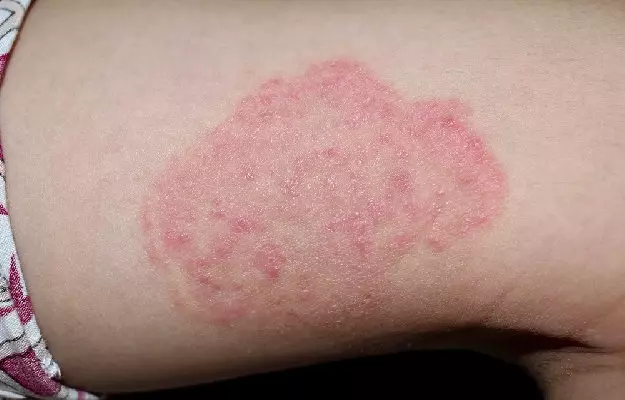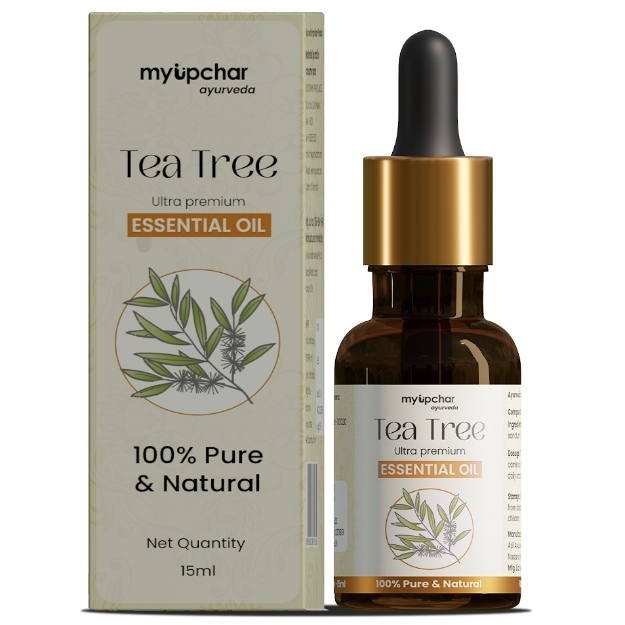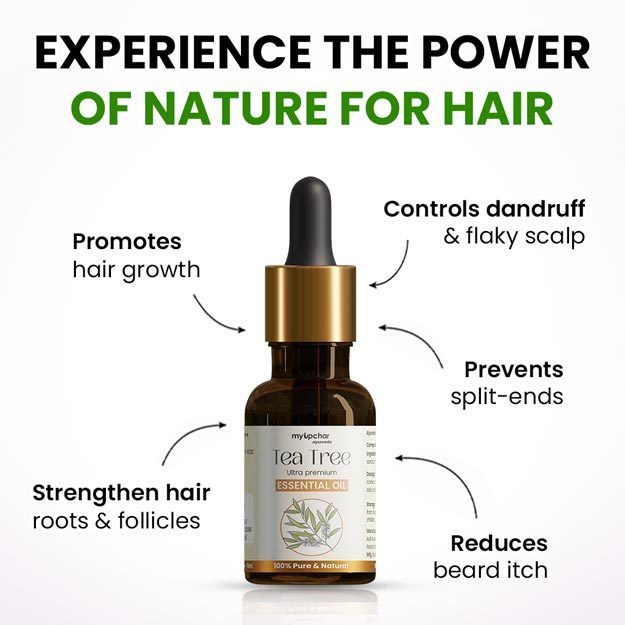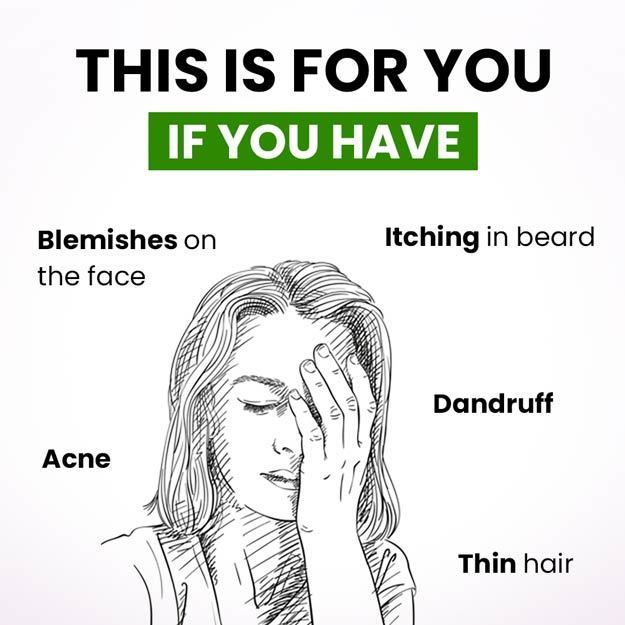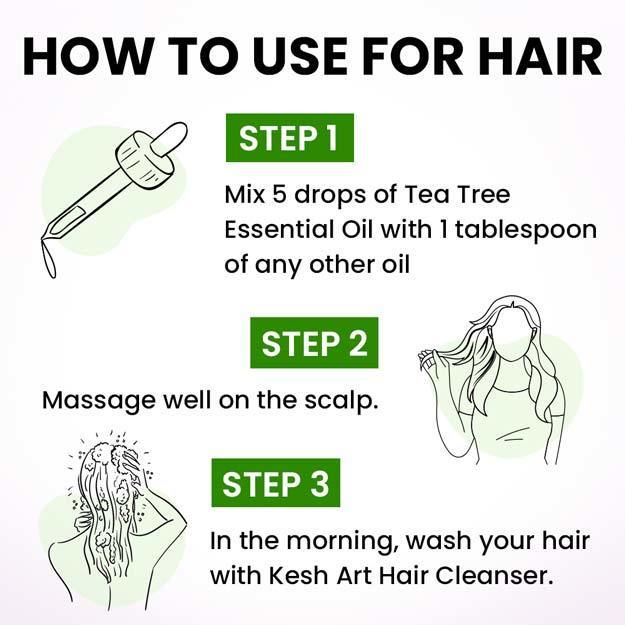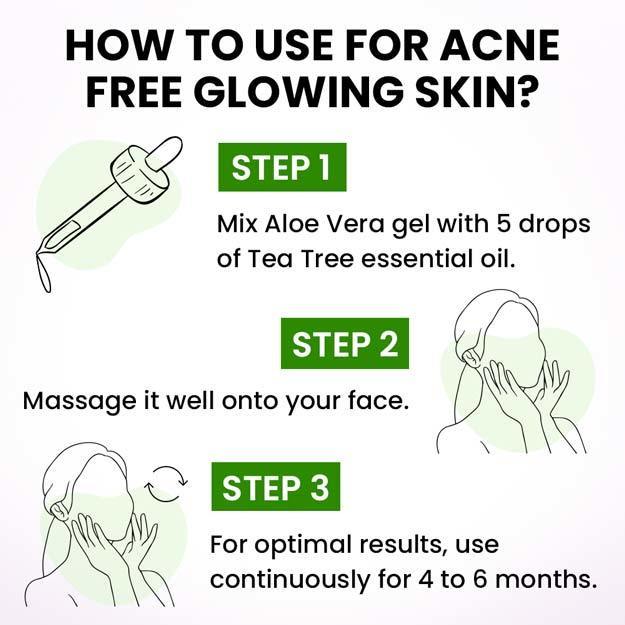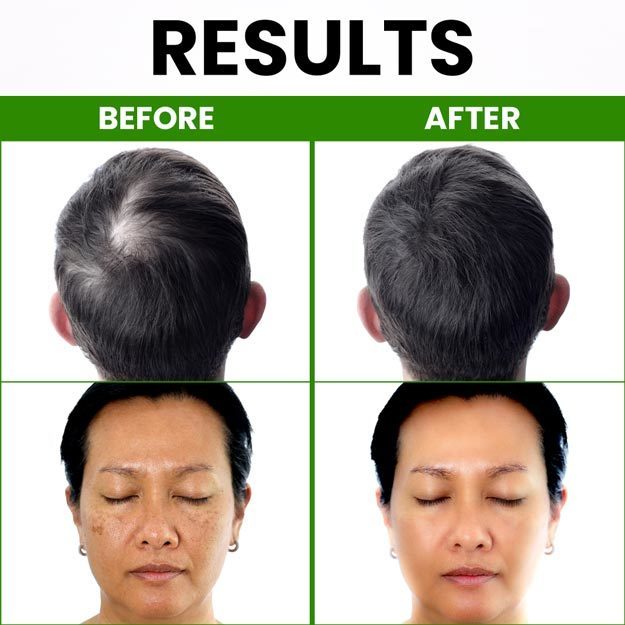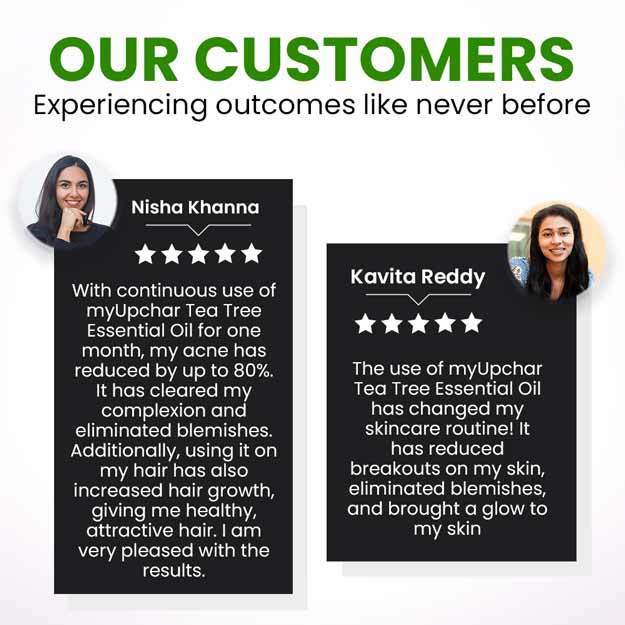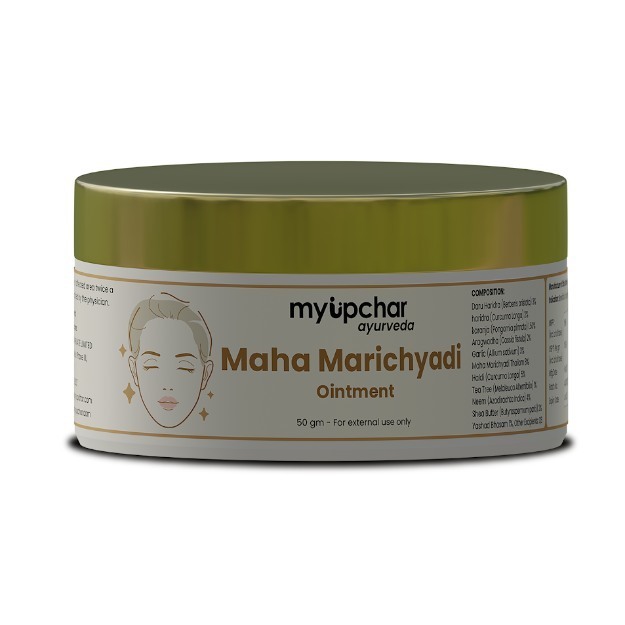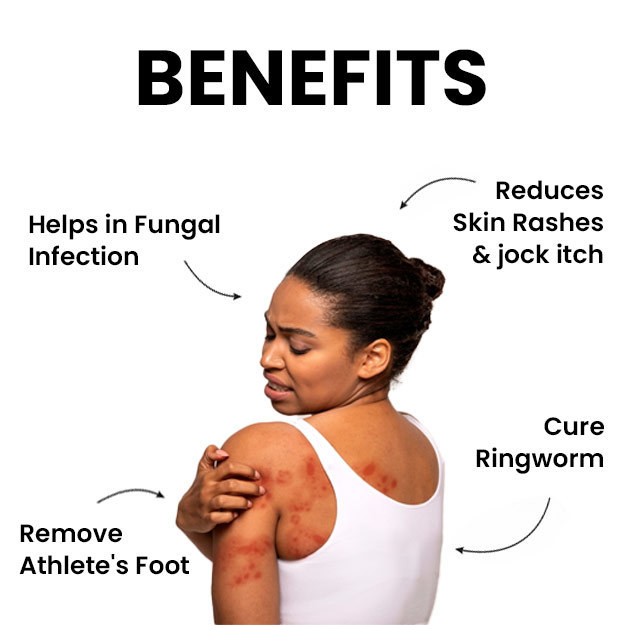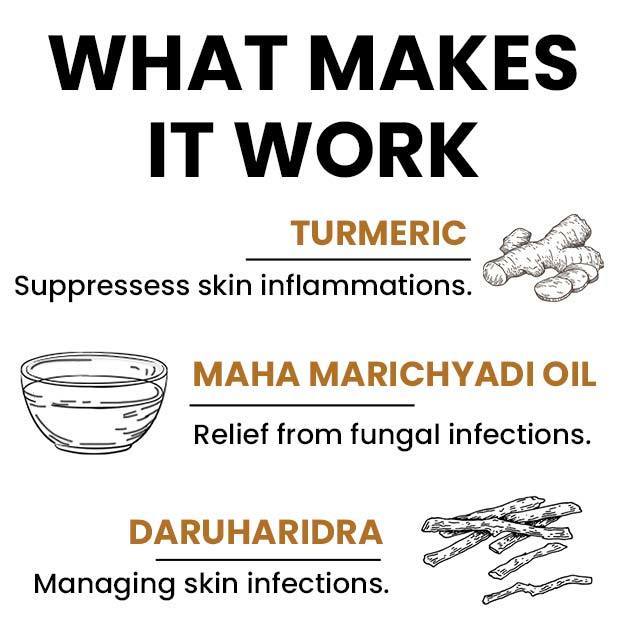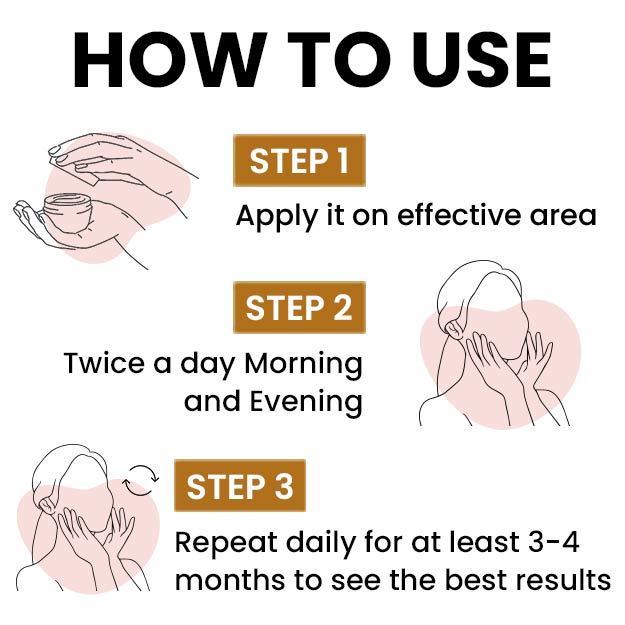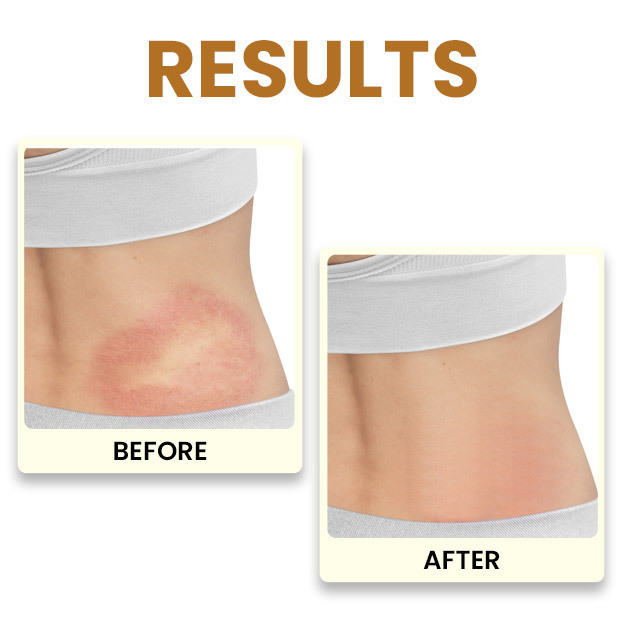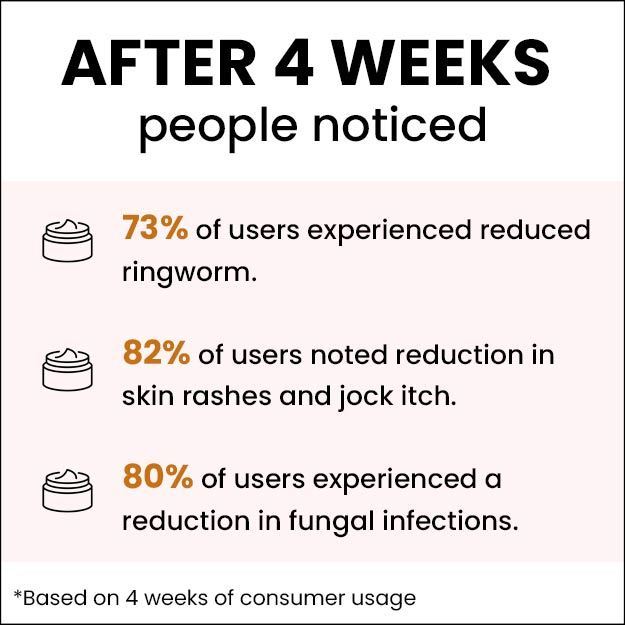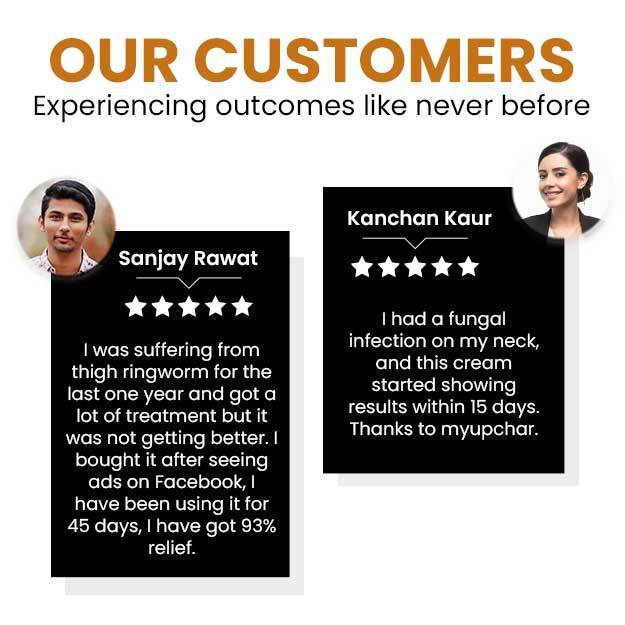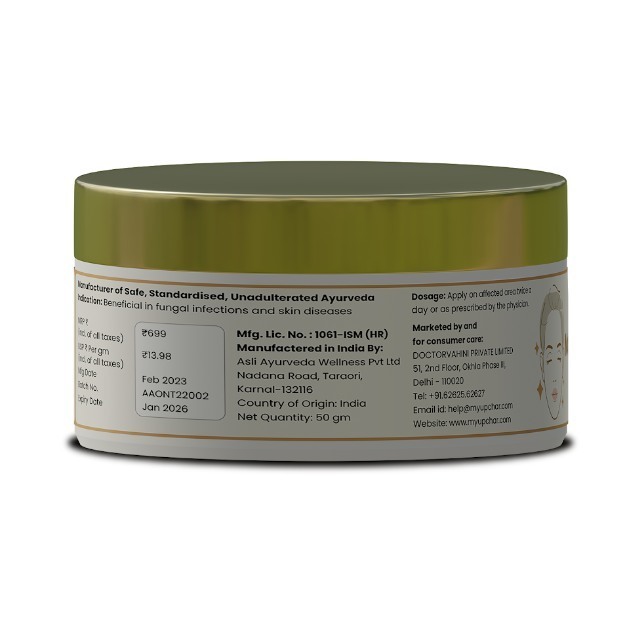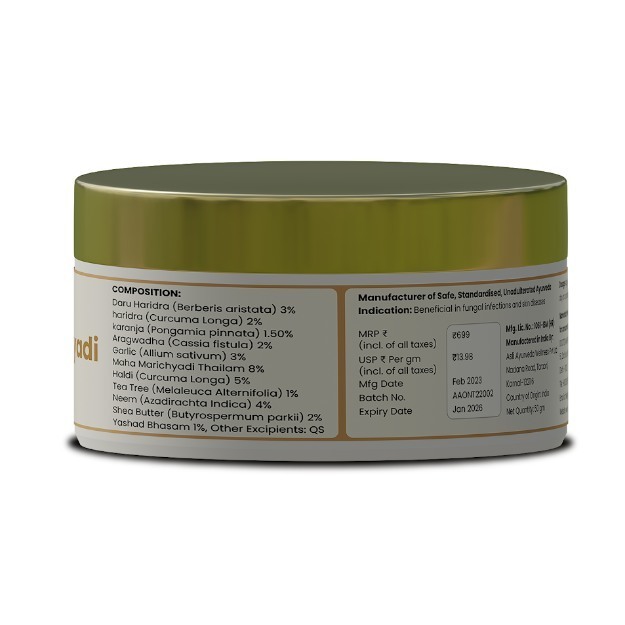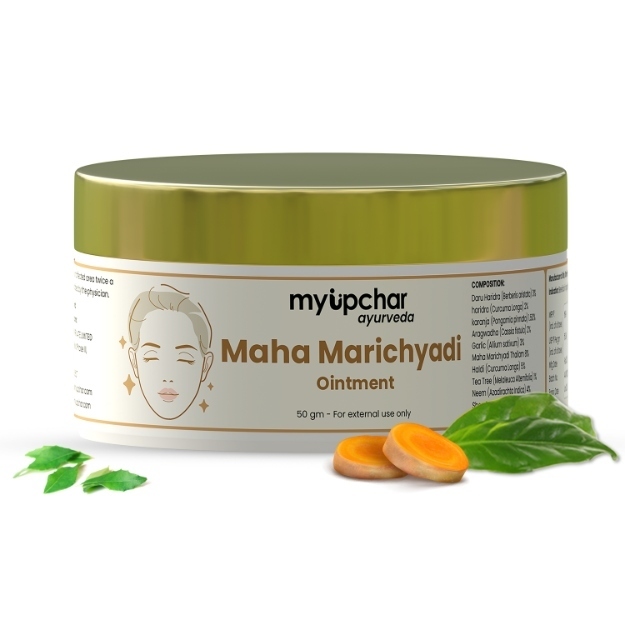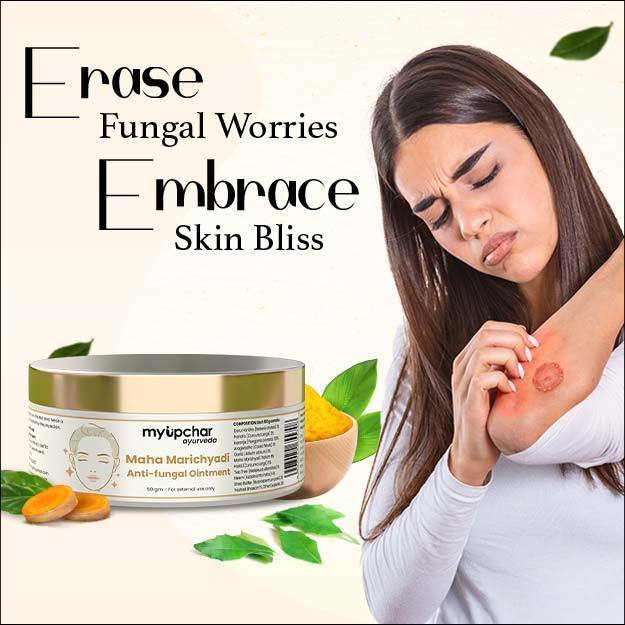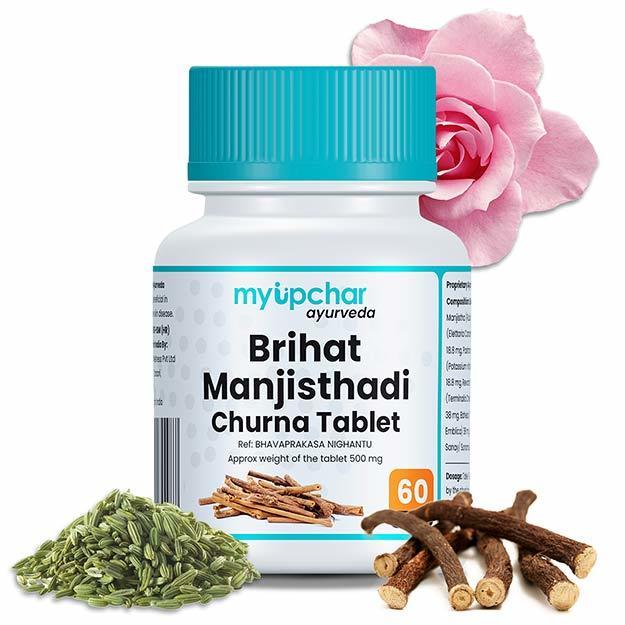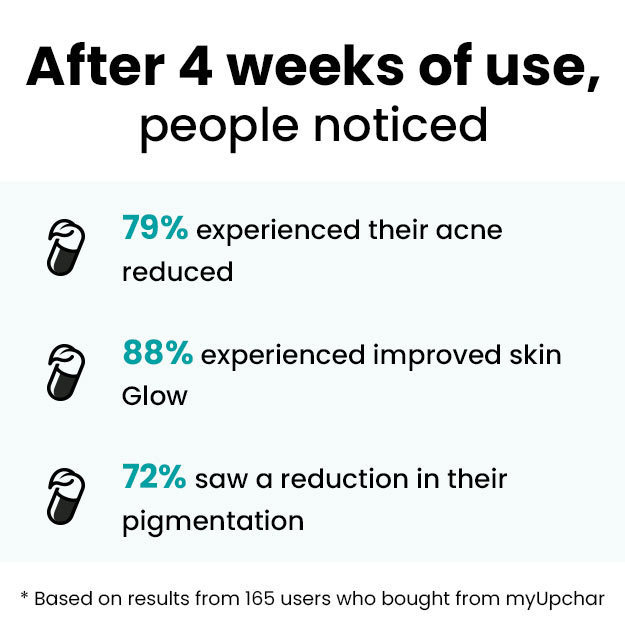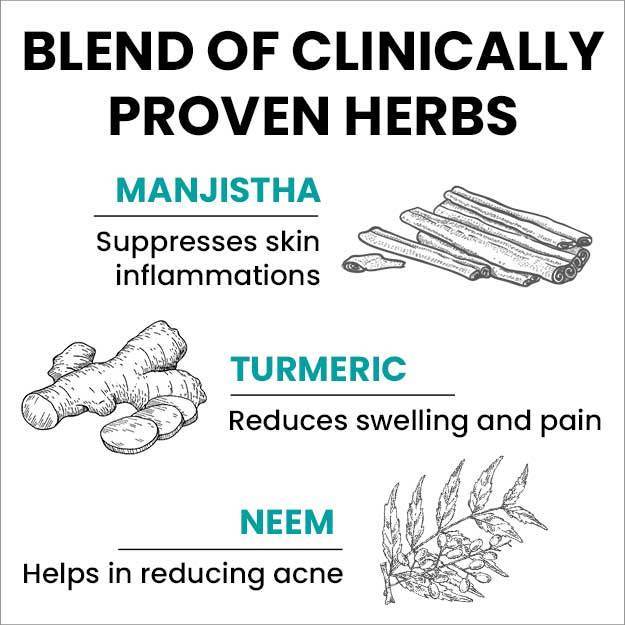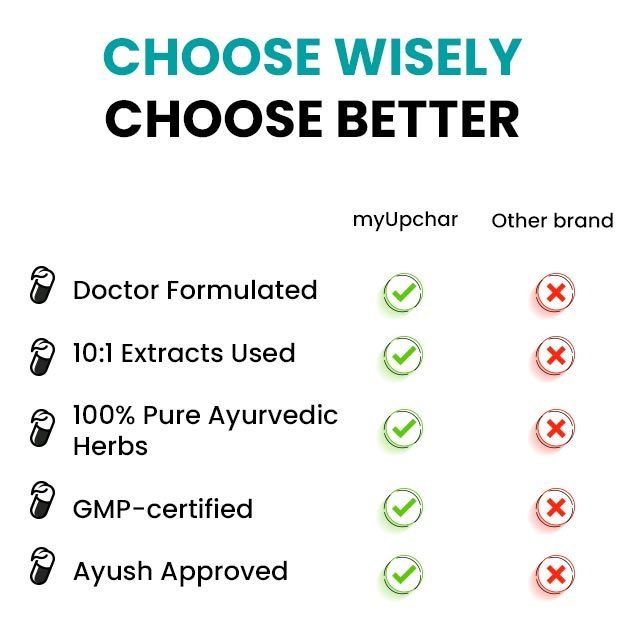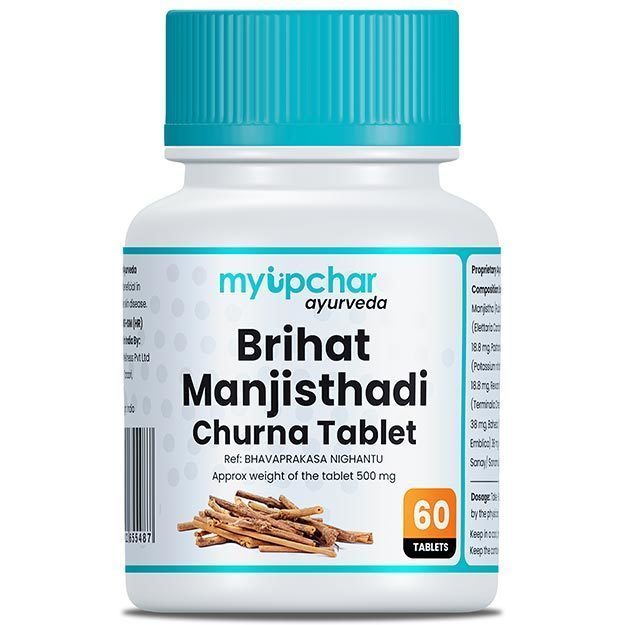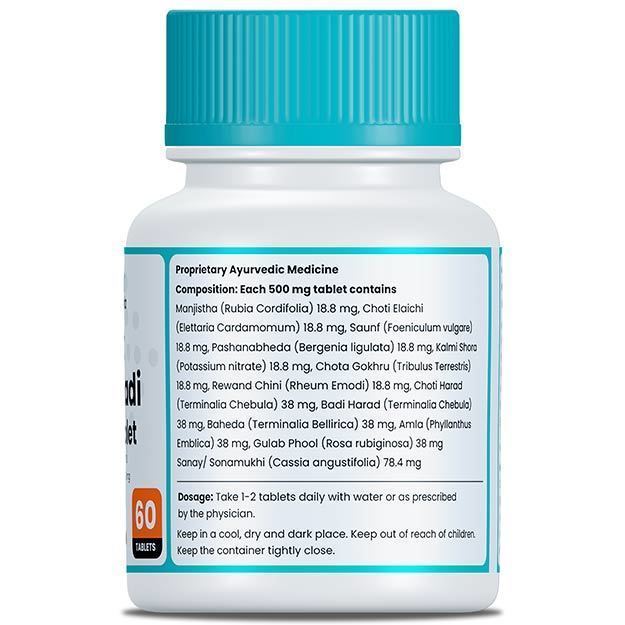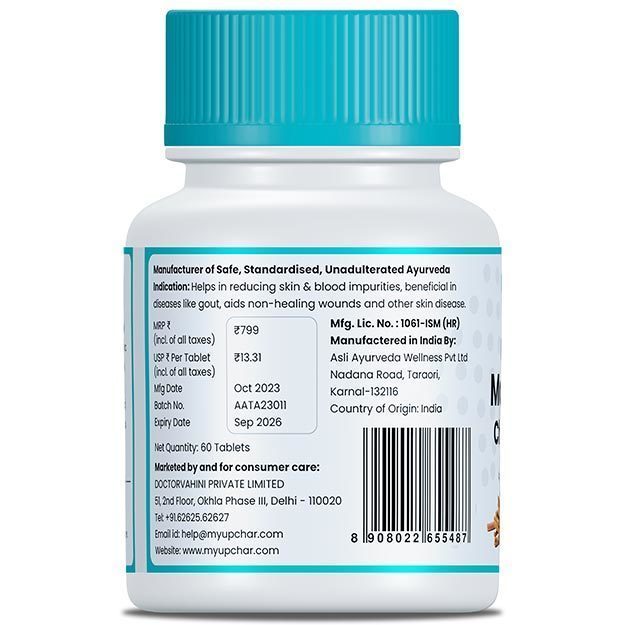The main treatment for ringworm is over-the-counter antifungal creams such as clotrimazole (Lotrimin AF) or terbinafine (Lamisil AT). Typically, you apply these products twice a day for about two to four weeks.
If ringworm covers a large area of the body, the doctor may also prescribe an oral antifungal pill.
Scalp ringworm is treated with a prescription medication such as griseofulvin, which is available in tablet, capsule, or liquid form. You can also use antifungal shampoo.
Antifungal creams or pills can cure ringworm within a few weeks. There's no harm in trying tea tree oil unless your skin is sensitive to it.
To best treat ringworm, take your antifungal medicine exactly as your doctor tells you to take it. If your skin does not improve or gets worse, see your doctor to discuss other treatment options.
Keep in mind that tea tree oil is available in different concentrations. Topical products typically contain 5 to 10 percent tea tree oil. Do not apply tea tree oil directly to the skin without diluting it with a carrier oil.
Even when diluted, tea tree oil can cause reactions and irritation. Do a patch test before applying it.
If you have been infected with ringworm, be careful not to spread the fungus. It can live on household items like clothes and bedding. Do not share any personal items with anyone else until the infection is completely cured.
You can usually get rid of ringworm permanently with over-the-counter antifungal medications. By adopting some other methods, you can protect yourself and the people around you from ringworm. There are some methods of treating ringworm-
Read more - (Top 10 Best Creams to Combat Fungal Infections)
1. Using topical antifungal medication
Most cases of ringworm can be treated at home. Over-the-counter antifungal medications can kill the fungus. Effective medications include miconazole (Cruex), clotrimazole (Desenex), and terbinafine (Lamisil).
2. Let it breathe
To prevent infection from spreading, keeping ringworm covered with a bandage helps retain moisture and slows the healing process. It's important to keep the area dry, so wear comfortable, breathable clothing to speed healing and avoid spreading the rash to other people.
3. Wash bedding daily
Ringworm is highly contagious, your clothes and sheets should be washed daily to eliminate the infection faster. Fungal spores can transfer to your sheets and quilt. If you sleep on the same sheets night after night, ringworm may take longer to heal, and the infection may spread to other parts of your body. Contaminated bedding can also infect your partner. Use hot water and detergent when washing bedding and any infected clothes. Only hot water can kill the fungus. As an extra precaution, add borax or bleach to your wash along with regular laundry detergent.
4. Change wet underwear and socks
If you have ringworm on your feet or groin area, keep these areas dry. If you sweat a lot during the day, shower with an antifungal cleansing bar and then apply your antifungal powder or lotion.
5. Use antifungal shampoo
Sometimes ringworm develops on the scalp. Symptoms of scalp infection include severe itching, patches of hair loss, boils on the scalp, and severe dandruff. If you have a ringworm on your head, wash your hair with an over-the-counter medicated antifungal shampoo. These shampoos kill bacteria and fungus on the scalp and prevent inflammation. Use shampoos with antifungal active ingredients like ketoconazole, selenium sulfide, and pyrithione zinc.
Read more - (Yoga for fungal infection)
6. Take a prescription antifungal
Continue treatment with antifungal powder, cream or shampoo until the pain goes away. If you stop treatment too early the infection may return. A ringworm infection that does not heal or spreads may require a prescription-strength topical cream or oral antifungal medication.
Read more - (Candidal Infection: symptoms, causes, treatment)

